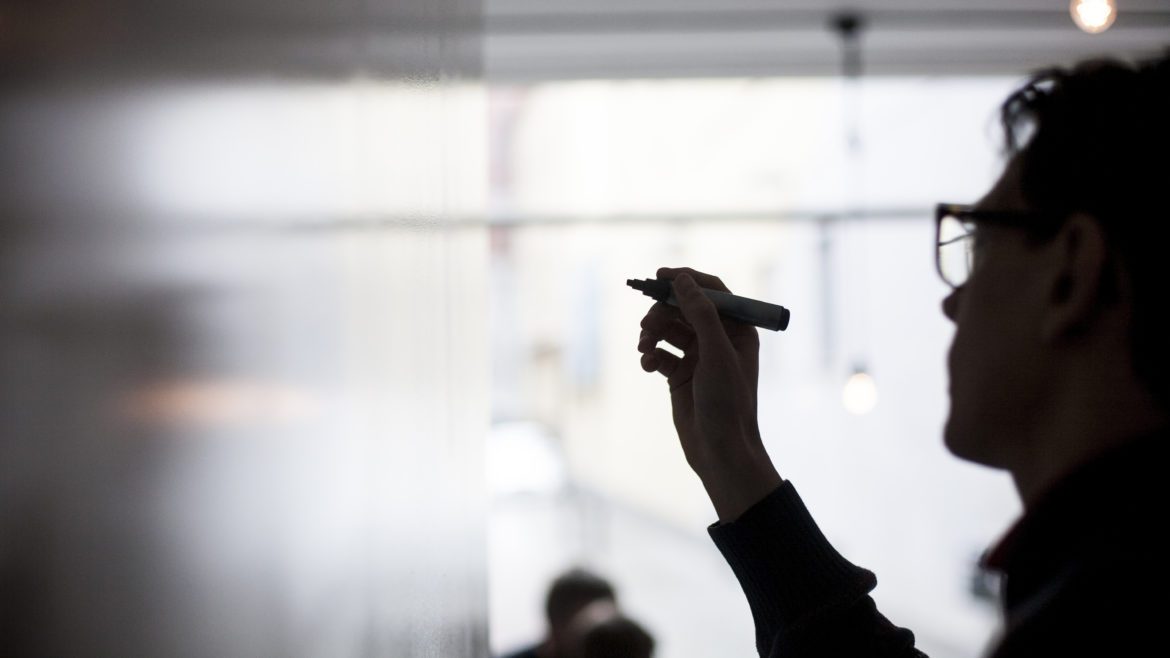The Silent Online Majority
https://www.kraabel.net/wp-content/uploads/2024/02/young-woman-is-using-laptop-computer-at-the-night-2023-11-27-05-01-13-utc-1024x684.jpg 1024 684 Michael Kraabel Michael Kraabel https://www.kraabel.net/wp-content/uploads/2024/02/young-woman-is-using-laptop-computer-at-the-night-2023-11-27-05-01-13-utc-1024x684.jpgA significant portion of the online community, which I started to refer to as the “silent online majority,” primarily consumes content without actively engaging in creation or extensive interaction. As I have started to research this group, I started to look for ways to highlight the importance of reaching out to and including this audience…
read more












